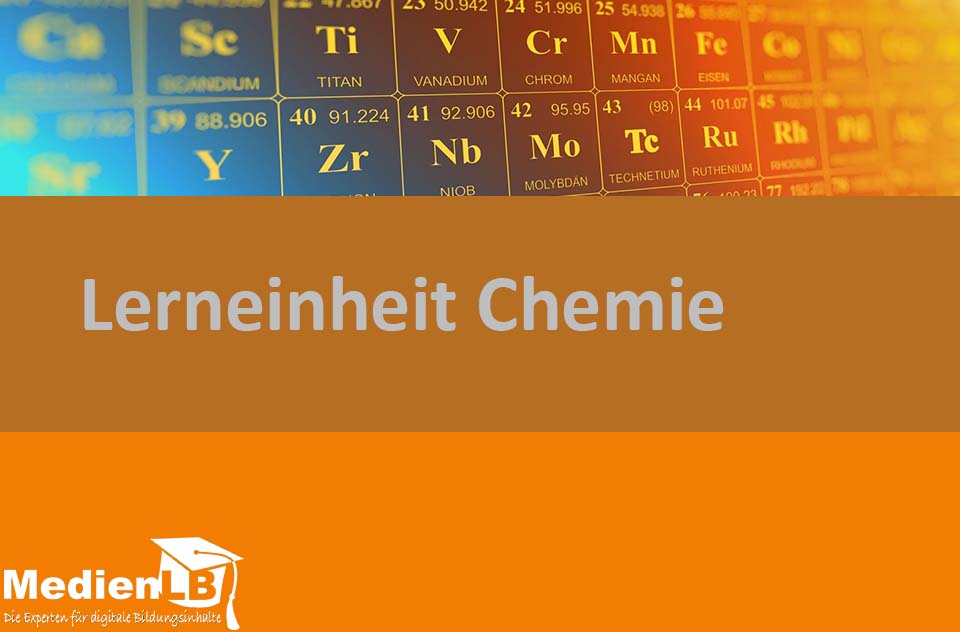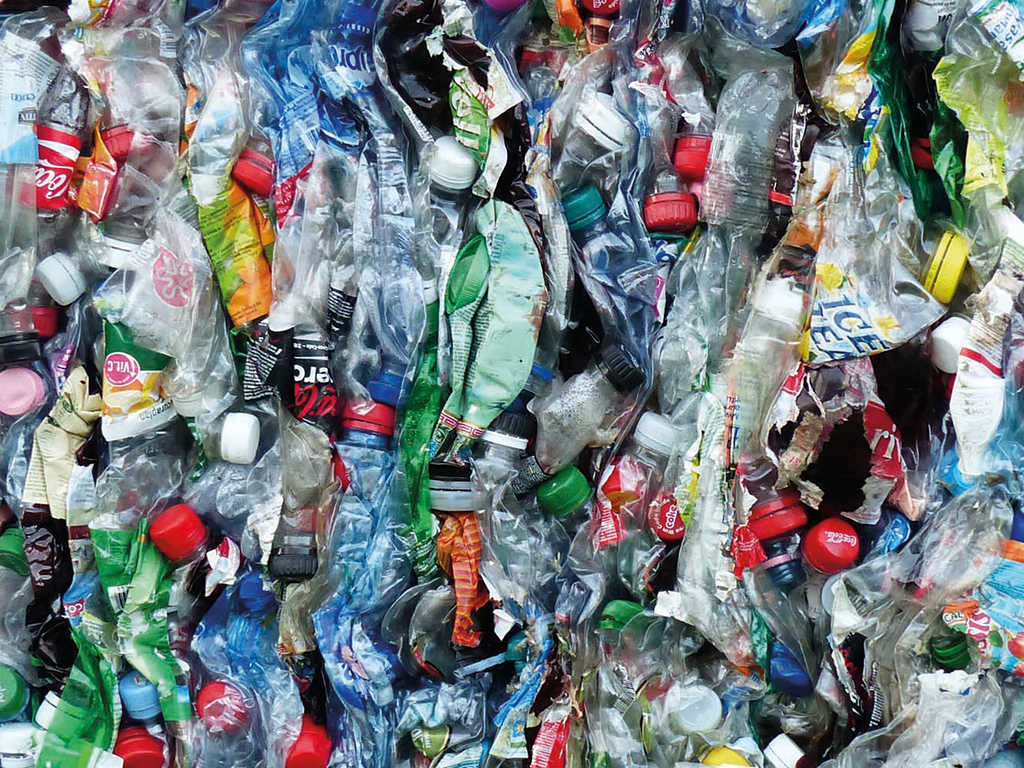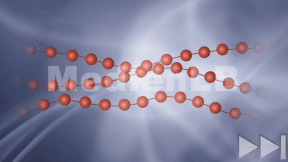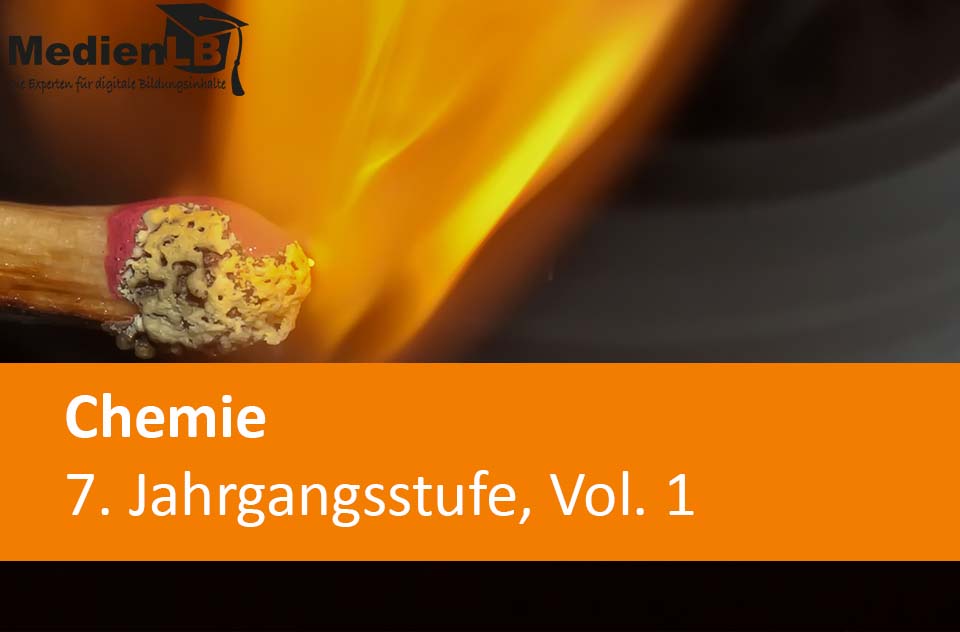
55503282
Periodensystem der Elemente
In 10 interaktiven H5P-Modulen wird Wissen zum Thema Periodensystem der Elemente eingeübt und anschließend abgefragt.
Das Medium bietet H5P-Aufgaben an, die ohne zusätzliche Software verwendbar sind.
Durch interaktive Aufgabentypen wird das audiovisuelle und interaktive Lernen einfach.
Lernen macht jetzt Spaß!
Included Tasks
- I Entstehung des PSE - interaktive Aufgaben
- II Periodensystem kennenlernen - interaktive Aufgaben
- III Gruppen und Perioden - interaktives Video
- IV Elementkarten beschriften - interaktive Aufgabe
- V Protonen; Elektronen; Neutronen - interaktives Video
- VI Bauplan der Atome - interaktive Aufgabe
- VII Symbole; Namen; Aggregatzustände - interaktive Aufgabe
- VIII Außenelektronen; Schalen; Elemente - Dialogkarten
- IX PSE-Wissen prüfen - interaktive Fragen
- X PSE-Quiz - interaktive Aufgabe
Curriculum-centred and oriented towards educational standards
Matching
Plastic
Plastic has been around for not longer than roughly 100 years, and the synthetic material is a brilliant invention. Its production is cheap, it can take almost any possible form, it is light-weight, versatile and, above all, inexpensive.
Redoxreaktionen
In unserem Arbeitsheft Chemie 7, Vol. 1 – Redoxreaktionen finden Sie 50 interaktive und didaktisch aufbereitete Aufgaben.







